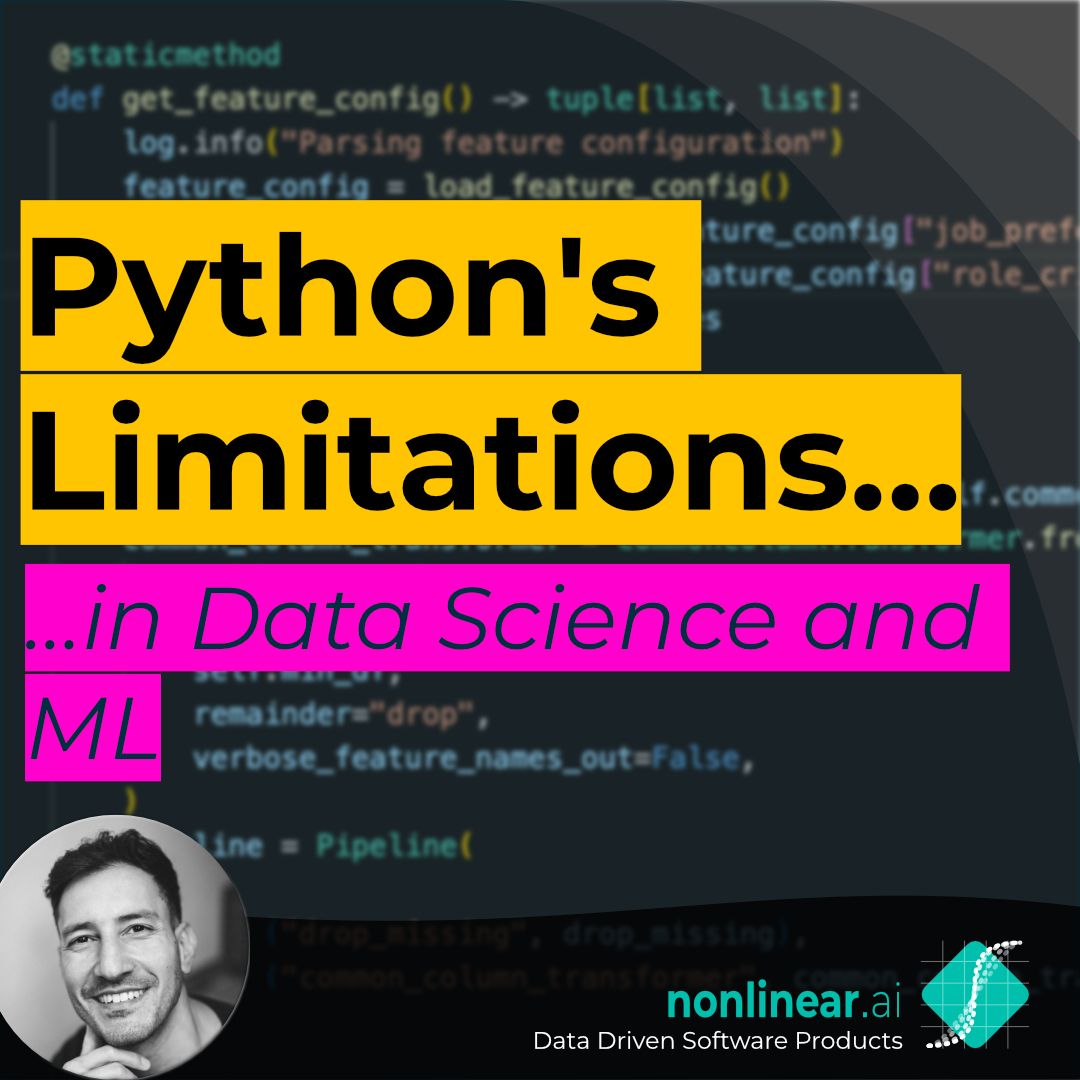Python has undeniably become the go-to language for data science and machine learning, largely due to its great ecosystem. Its appeal as a general-purpose programming language means it can be applied beyond data science—I build APIs with FastAPI, create interactive dashboards with Streamlit, and much more.
However, Python’s biggest drawback for data science is its speed. As a dynamically typed, interpreted language, Python is significantly slower than compiled languages like Go or Java. This can be very frustrating, especially when working on data-intensive tasks like data preprocessing and number crunching, where performance is key.
Fortunately, powerful libraries like NumPy, PyTorch, and Pandas bridge this gap. They deliver impressive speed by leveraging C under the hood, giving us the best of both worlds: Python’s flexibility alongside near-C performance. However, there’s a trade-off— using these libraries feels like coding “within a language.” For example, rather than using a native Python for-loop, you might need to rewrite the code to leverage library-specific vectorized operations for improved performance. This approach, however, can make the code more complex to write, read, and maintain.
The Good News: Improvements are on the way! Python 3.13 introduces the early stages of a Just-In-Time (JIT) compiler, which holds promise for optimizing performance directly within Python. Over time, this might become a game-changer for data science workflows.



